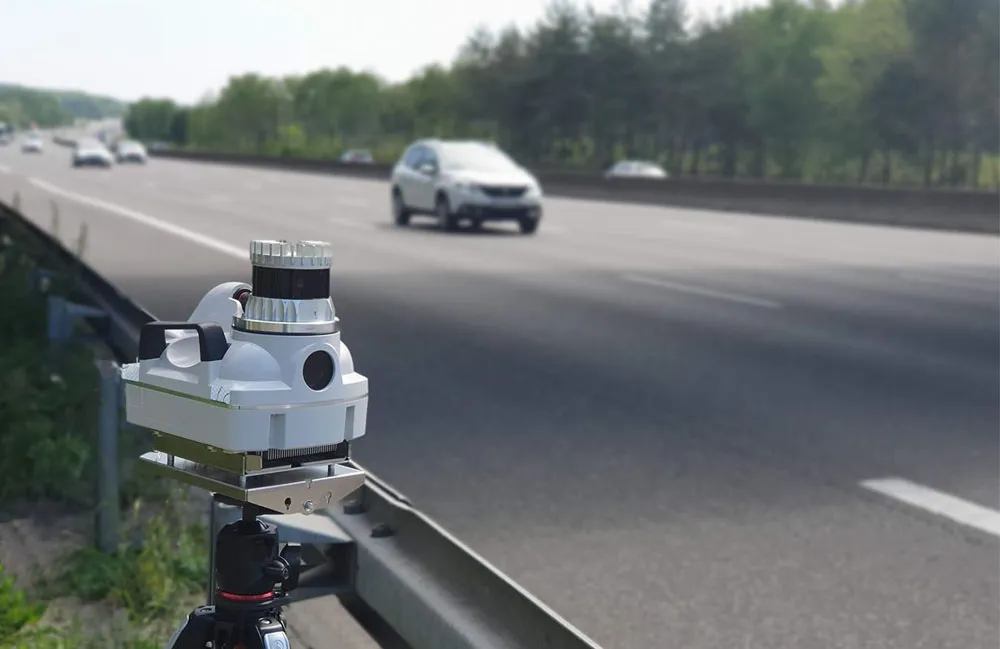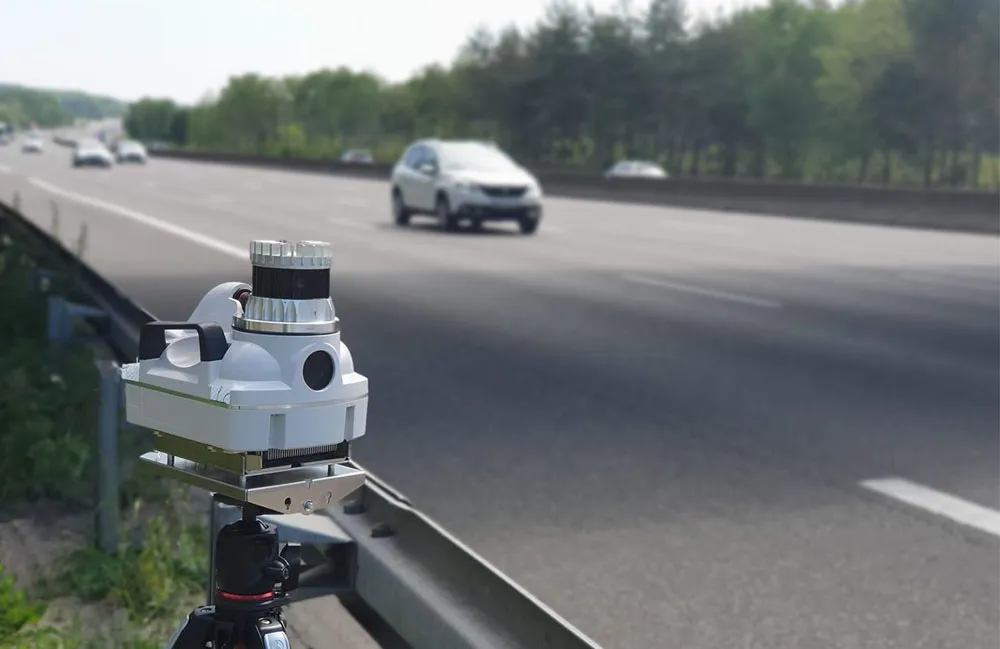RedflexRadarcam,
Said to be the first speed enforcement system to utilise dual radar detection for accurate speed detection in all weather conditions, RedflexRadarcam also provides lane identification, vehicle position and positive vehicle identification across up to six lanes of traffic simultaneously.
Available for both tripod and in-vehicle mounting, RedflexRadarcam also has the capacity to add an optional auxiliary camera to provide front and rear licence plate capture. Optional auto-levelling for the in-vehicle system reduces set-up time.
RedflexRadarcam is available with a high resolution colour or monochrome 11 megapixel camera, coupled with visible or infra red illumination, enabling the system to capture perfect images with proven accuracy at speeds up to 320 km/h.
The system uses a touch-screen tablet computer for real-time feedback and is easily set up and configured via intuitive management software. Optional GPS provides location tracking and accurate time synchronisation. Once set up and configured, the system can be operated without manual intervention.
Ricardo Fiusco, Redflex CEO, comments, “The REDFLEXradarcam solution is designed to maximise detection rates in difficult locations and real world traffic conditions. Now that it’s been approved by NMi, we are excited to introduce this breakthrough product to the European market.”
Dutch approval for Redflex mobile speed enforcement
RedflexRadarcam, Redflex’s flexible mobile speed enforcement system, has undergone testing by the Dutch metrology institute, NMi Certin (NMi), and verified to meet Dutch approval requirements. Said to be the first speed enforcement system to utilise dual radar detection for accurate speed detection in all weather conditions, RedflexRadarcam also provides lane identification, vehicle position and positive vehicle identification across up to six lanes of traffic simultaneously.
September 5, 2014
Read time: 2 mins









